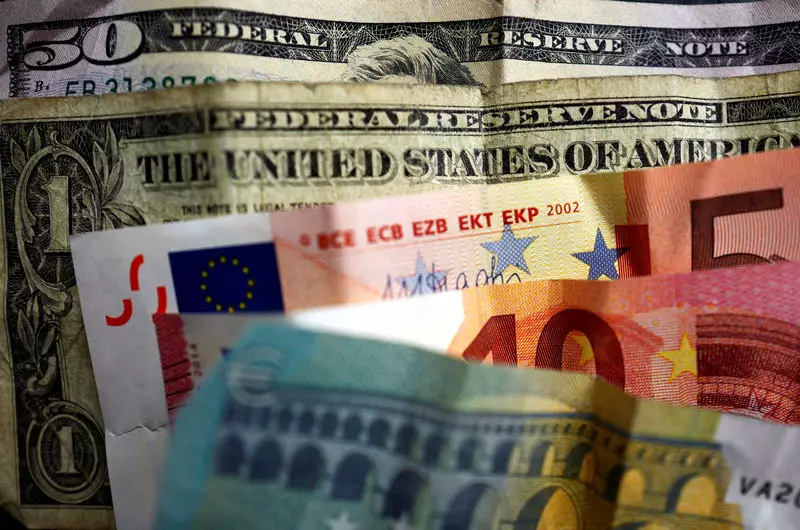The U.S. dollar has shown signs of steadiness in early European trading, reflecting a market that is cautiously waiting for key inflation data. The recent French parliamentary elections have also played a role in shaping the sentiments of traders. Despite a near 1% slump last week, the Dollar Index, which tracks the greenback against a basket of other currencies, remained largely flat at 104.577. This stability follows a period of volatility spurred by soft U.S. payrolls data, which has led to increased expectations of a Federal Reserve interest rate cut. While the market is currently pricing in a 76% chance of a rate cut in September, up from 64% a week ago, the focus now shifts to upcoming economic data releases and Fed Chair Jerome Powell’s testimony before Congress.
Impact of the French Parliamentary Elections on the Euro
The euro saw a slight uptick against the dollar, rising 0.1% to 1.0842, as traders processed the outcomes of the French parliamentary elections. The left-leaning New Popular Front emerged as a dominant force in the National Assembly, leading to a hung parliament and potential political instability in France, the eurozone’s second-largest economy. This uncertainty has raised concerns among market analysts, with some predicting risks associated with a left-wing government and fiscal consolidation challenges. The implications of these political developments in France are likely to influence the euro’s performance in the coming days.
The British pound showed resilience, with GBP/USD rising 0.1% to 1.2818, reaching levels not seen since June 12. The positive momentum follows the Labour Party’s significant victory in the UK general election, potentially signaling a shift in political power after 14 years of Conservative rule. Despite the political developments in the UK, market analysts remain cautious about the pound’s future trajectory, highlighting the importance of factors such as French politics, U.S. macroeconomic data, and Bank of England rate expectations. The upcoming speeches by BoE officials are also expected to provide further insight into the central bank’s policy outlook.
In the Asian session, USD/JPY traded 0.2% higher at 161.05, with the Japanese yen showing slight weakness. Although the yen has been edging lower, it remains above its weakest levels in 38 years, signaling some resilience in the Japanese economy. Recent data indicating a notable increase in average cash earnings further supports the view of a strengthening economy in Japan. Meanwhile, USD/CNY traded marginally higher at 7.2702, with the Chinese yuan hovering around seven-month lows, reflecting ongoing trade tensions and economic uncertainties.
The recent trends in the currency markets have been influenced by a combination of economic data releases, political events, and central bank policies. While the U.S. dollar remains cautiously steady, the euro and British pound have responded differently to the outcomes of the French parliamentary elections and the UK general election, respectively. In Asia, the Japanese yen and Chinese yuan continue to face challenges amidst global economic uncertainties. Moving forward, market participants will closely monitor upcoming events and data releases to assess the potential impact on currency movements.

